Sigh - help make a hood decision :-)
cluelessincolorado
12 years ago
Related Stories

REMODELING GUIDES8 Tips to Help You Live in Harmony With Your Neighbors
Privacy and space can be hard to find in urban areas, but these ideas can make a difference
Full Story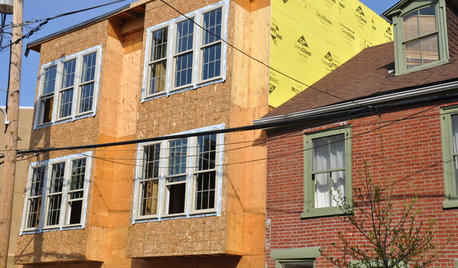
WORKING WITH PROS5 Steps to Help You Hire the Right Contractor
Don't take chances on this all-important team member. Find the best general contractor for your remodel or new build by heeding this advice
Full Story
DECLUTTERINGDownsizing Help: How to Edit Your Belongings
Learn what to take and what to toss if you're moving to a smaller home
Full Story
LIVING ROOMSA Living Room Miracle With $1,000 and a Little Help From Houzzers
Frustrated with competing focal points, Kimberlee Dray took her dilemma to the people and got her problem solved
Full Story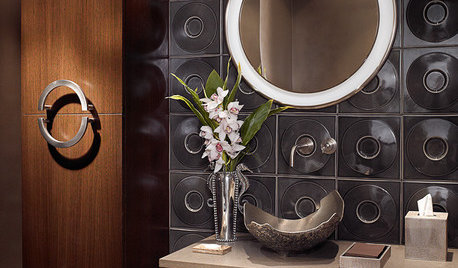
STORAGEDesign Details: Make the Most of Your Cabinet Pulls
Update Your Hardware for a Whole New Look
Full Story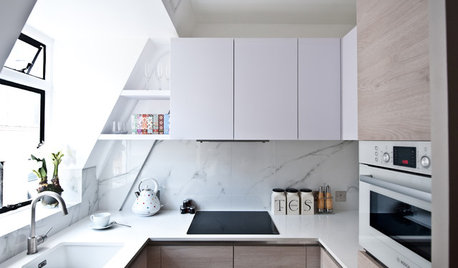
THE HARDWORKING HOMESmart Ways to Make the Most of a Compact Kitchen
Minimal square footage is no barrier to fulfilling your culinary dreams. These tips will help you squeeze the most out of your space
Full Story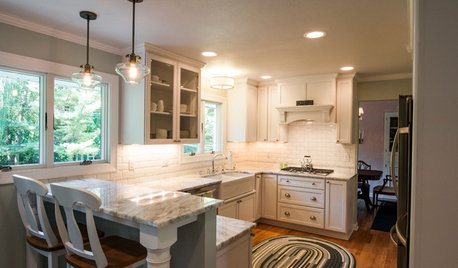
KITCHEN OF THE WEEKKitchen of the Week: 27 Years in the Making for New Everything
A smarter floor plan and updated finishes help create an efficient and stylish kitchen for a couple with grown children
Full Story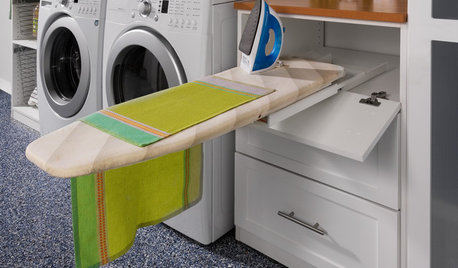
LAUNDRY ROOMS8 Ways to Make the Most of Your Laundry Room
These super-practical laundry room additions can help lighten your load
Full Story
FEEL-GOOD HOMEThe Question That Can Make You Love Your Home More
Change your relationship with your house for the better by focusing on the answer to something designers often ask
Full Story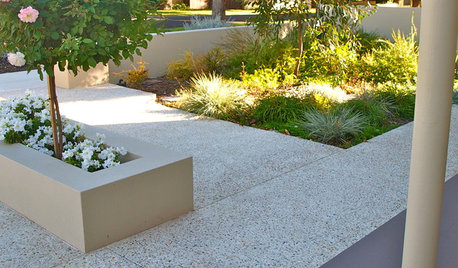
REMODELING GUIDESTerrazzo Makes a Comeback for Floors and More
Popular from the 1400s through the mid-1970s, this mosaic material is staging a return in homes today — including in some surprising uses
Full StoryMore Discussions








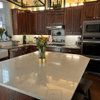

laranbrian
cluelessincoloradoOriginal Author
Related Professionals
Cuyahoga Falls Kitchen & Bathroom Designers · Hammond Kitchen & Bathroom Designers · Peru Kitchen & Bathroom Designers · Shamong Kitchen & Bathroom Remodelers · Minnetonka Mills Kitchen & Bathroom Remodelers · Centerville Kitchen & Bathroom Remodelers · Martha Lake Kitchen & Bathroom Remodelers · Pasadena Kitchen & Bathroom Remodelers · Phoenix Kitchen & Bathroom Remodelers · Drexel Hill Cabinets & Cabinetry · Tinton Falls Cabinets & Cabinetry · Town 'n' Country Cabinets & Cabinetry · White Center Cabinets & Cabinetry · Short Hills Cabinets & Cabinetry · Pacific Grove Design-Build Firmsdavidro1
flwrs_n_co
friedajune
davidro1
cluelessincoloradoOriginal Author
breezygirl